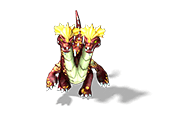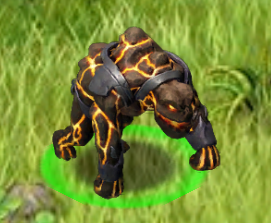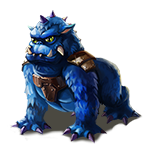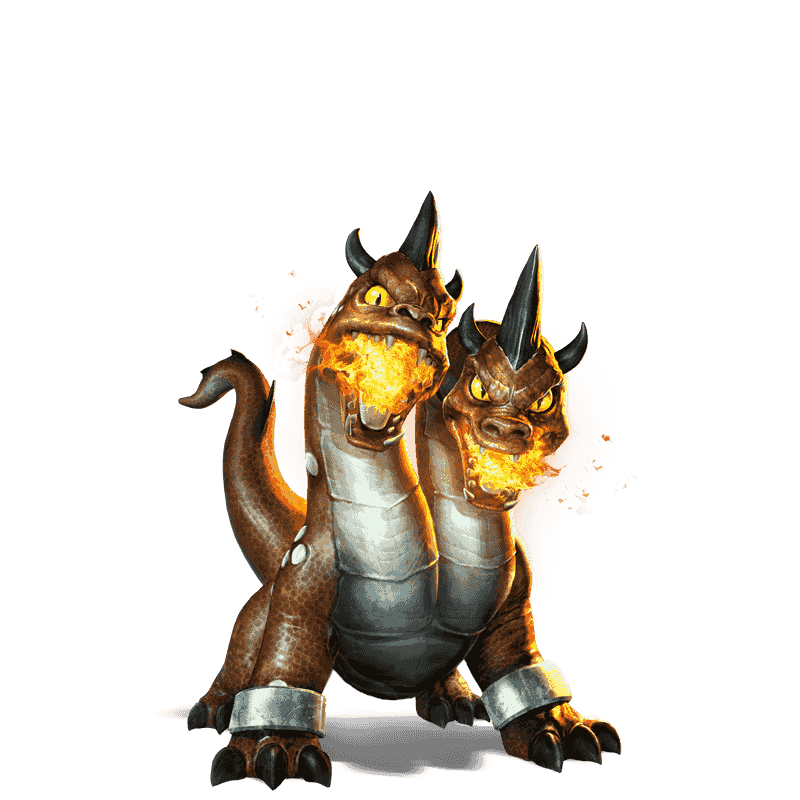
Given that we're clearly dealing with a North American carnivoran, raccoon is the obvious choice: raccoons are well known for having particularly dextrous fingers that lack the sort of interdigital webbing normally present in carnivorans (Lotze & Anderson 1979). It was the digits of the hands that gave this away for me: the Montauk carcass has very strange, elongate, almost human-like fingers with short claws. As many people have now noticed, there is a much better match: Raccoon Procyon lotor. Is the carcass that of a dog? Dogs have an inflated frontal region that gives them a pronounced bony brow or forehead, and in contrast the Montauk monster's head seems smoothly convex. And this is confirmed by new photos which show without doubt that this is the case (oh well, so much for the eagle-dog hypothesis). The tendency for the soft tissues of the snout to be lost early on in decomposition immediately indicates that the 'beak' is just a defleshed snout region: we're actually seeing the naked premaxillary bones. The Montauk monster therefore owes its bizarre appearance to partial decomposition. Unfortunately I never took photos demonstrating this sequence of events (these observations were made while I was working on taphonomy for a book that never happened: for more on that particularly unfortunate episode go here).

#Backyard monsters krallen evolution skin
At the same time, the skin on the hands and feet is lost. The facial tissues then decompose, leaving a defleshed snout and eventually a totally defleshed skull. One of the first things that happens to bodies that roll around in the water is that their fur comes off, and they look grotesque, hair-less and bloated. For years I kept watch on the dead things that washed up at a small stretch of tidal river bank in Southampton, and on several occasions I got to watch taphonomy in action as dead dogs, cats and foxes washed up and decomposed over the following weeks. The two details that make the carcass look odd - the lack of hair over most of the carcass and the supposed beak in the upper jaw - are clearly taphonomic artifacts. This is clearly a dead mammal, and its large canine and sharply cusped post-canine teeth show that it's a carnivoran. These teeth increase in size posteriorly. While no teeth at all are visible in the upper jaw, the lower jaw clearly contains a large pointed canine and four post-canines with tall, conical cusps. The face is short and it looks like the postorbital part of the skull is long and bulky. The slim tail is about equal in length to the head and neck combined.

The digits on the hands are slim, elongate and with small, relatively straight, pale-coloured claws. The body is stocky and robust and the limbs are slender and gracile. Rather more realistic (given the presence of fur and small, clawed hand digits) is the suggestion that it's a dog. Fish and Wildlife Service noted that, if it is a fake, it's a very good Photoshop job, and the fact that the carcass became involved in a sort of marketing campaign for a soft drink hasn't really helped in the credibility stakes (it is, however, pretty obvious that this was a case of opportunistic advertising). Because these suggestions are all, to put it mildly, a tad unlikely, there have also been murmurings of a hoax or viral ad campaign. This structure has led to the carcass being termed a 'rodent-like creature with a dinosaur beak', as an 'eagle-dog', and to suggestions that it might be the carcass of a turtle that had lost its shell. What has caused widespread confusion and speculation is that, while the lower jaw appears to have had a jagged row of pointy teeth, the upper jaw sports a hooked bony beak. I'm pretty sure that I know what it is, and I'm pleased to see that many other people have come to the same conclusions, as demonstrated by the many informed comments that appeared at Cryptomundo and elsewhere last week. Given that I only recently devoted a week of posts to sea monsters, it's only fitting that I cover this too.

A good photo of the carcass, showing it in right lateral view and without any reference for scale, surfaced on July 30th and has been all over the internet.

Unless you've been hiding under a rock, or spending all your time on Tet Zoo, you will almost certainly have heard about the 'Montauk monster', a mysterious carcass that (apparently) washed up on July 13th at Montauk, Long Island, New York.


 0 kommentar(er)
0 kommentar(er)
